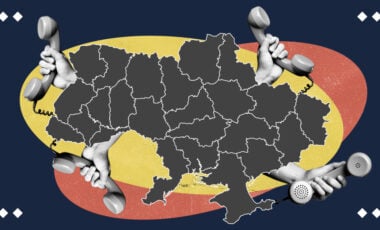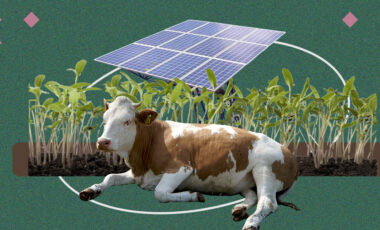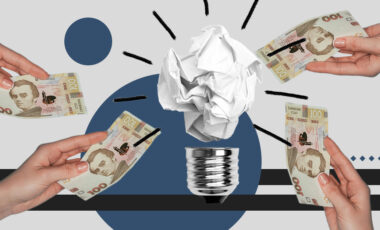Solutions from Ukraine: Mykolaiv farmer develops smart greenhouse with automated heating and watering
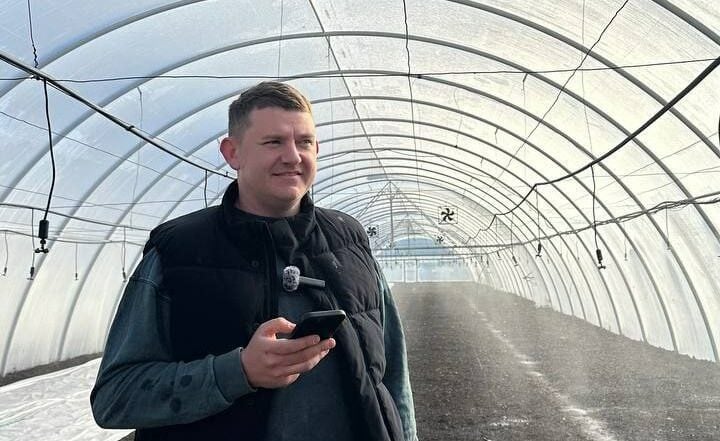
Photo: Ukrainian Association of Business Support Centers NGO
In the Mykolaiv region, farmer Maksym Netudykhata created an automated greenhouse that independently controls watering, lighting, and heating.
The NGO Ukrainian Association of Business Support Centers reported this.
What is the problem?
"Last year, I went on a business trip and could not water the vegetables on time. There was no assistant, and part of the crop died. That's when I thought about automating plant care," Maksym Netudykhata, the author of the Smart Greenhouse idea, said.
What was the solution?
The idea was brought to life through the "Blue Innovation Challenge," an innovation project competition initiated by BOOST with support from the UNDP, the EU, and the Danish government.
Maksym's project passed the competitive selection process, and he became one of seven winners. He received a $10,000 grant to develop an automation system and invested 500,000 hryvnias to purchase a new greenhouse measuring 10×80 meters.
How does it work?
The development of the smart greenhouse began last year. The project is built on the AquaSmart system, which incorporates:
- IoT sensors;
- Artificial intelligence;
- Machine learning.
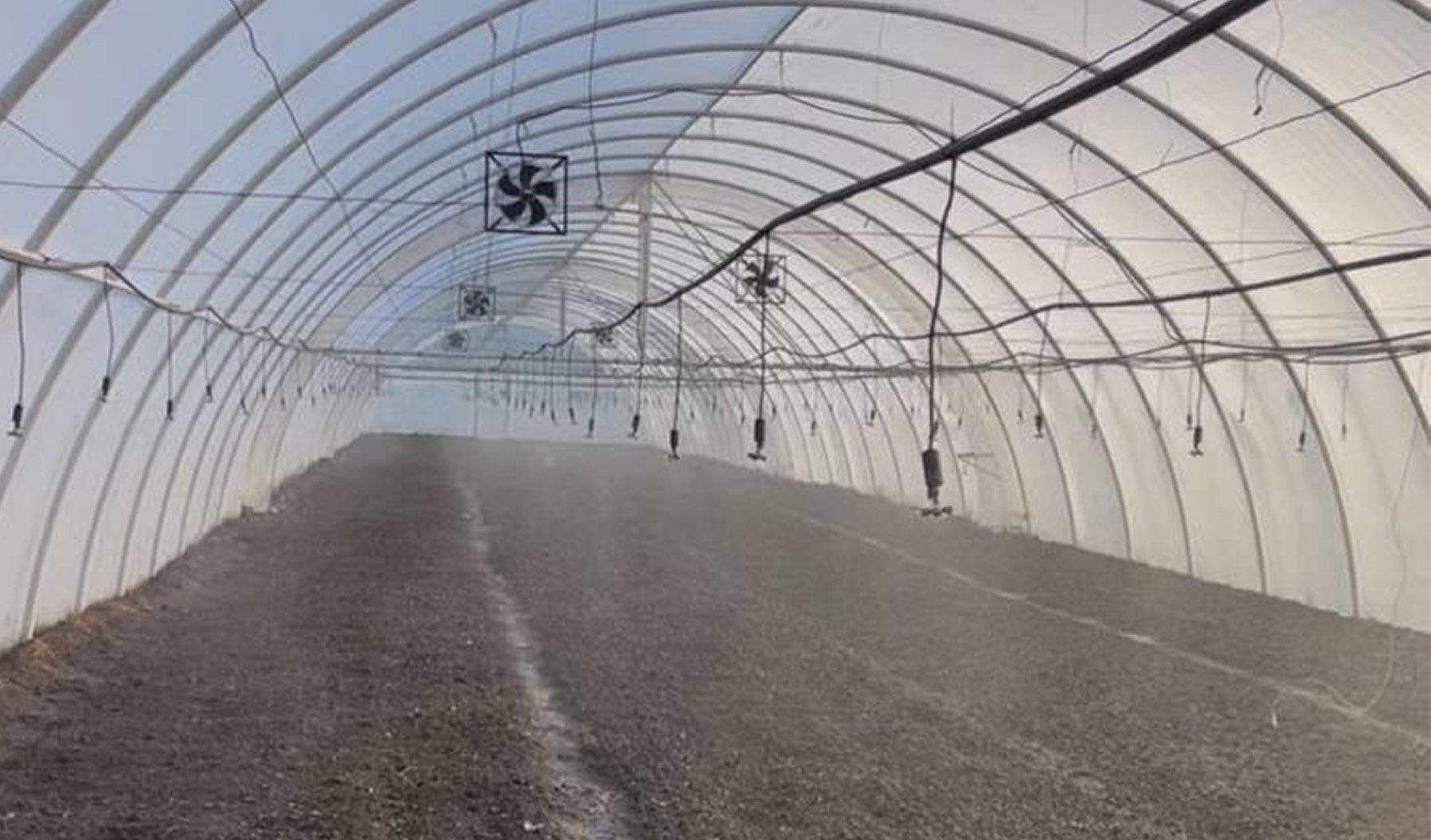
Photo: Ukrainian Association of Business Support Centers NGO
This innovation is aimed at conserving water resources. The sensors of a smart greenhouse control the humidity level, allowing you to use as much water as the plants need, and not "by eye," as before. This helps:
- To reduce its consumption by 50%,
- At the same time, yield will increase by 15%.
Another advantage is the reduction in the need for physical labor.
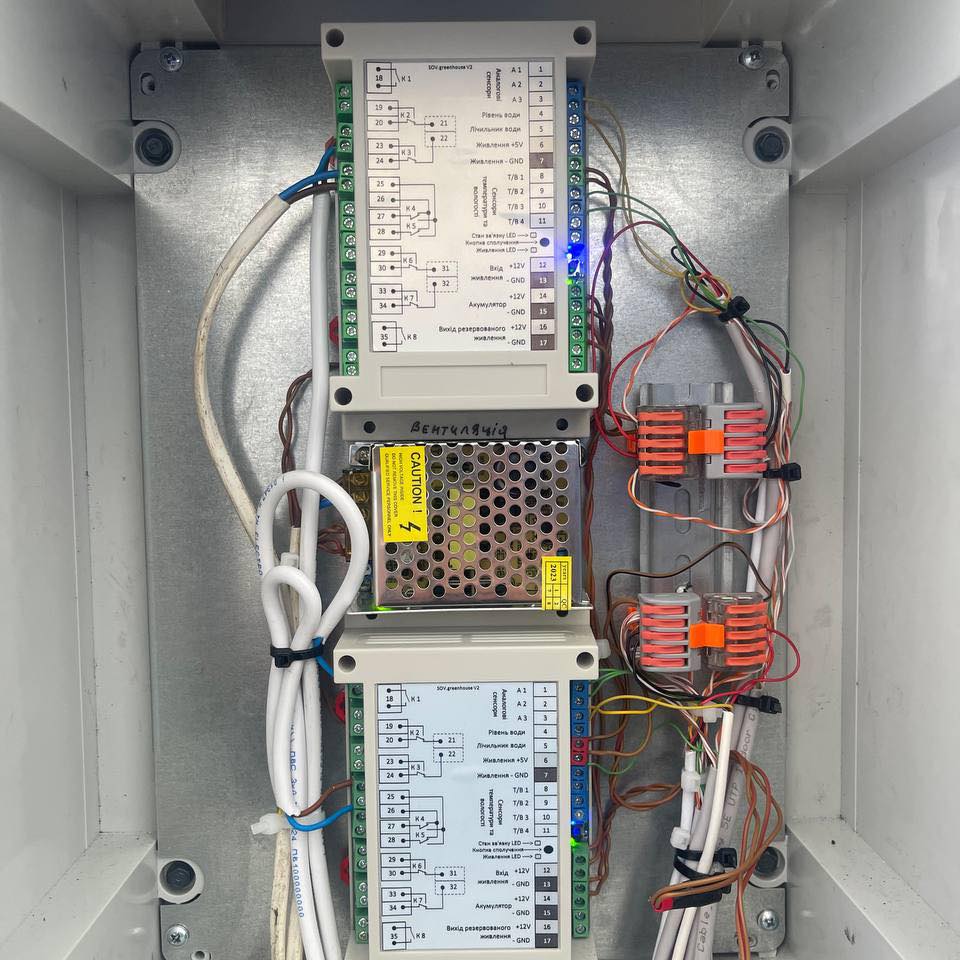
Photo: Ukrainian Association of Business Support Centers NGO
"Previously, at least one person had to stay in the greenhouses to turn on the irrigation, lights, and heating. In the summer, a person should already be at work at six in the morning. Now, no one is needed at all; you can turn it all on and off yourself," Maksym says.
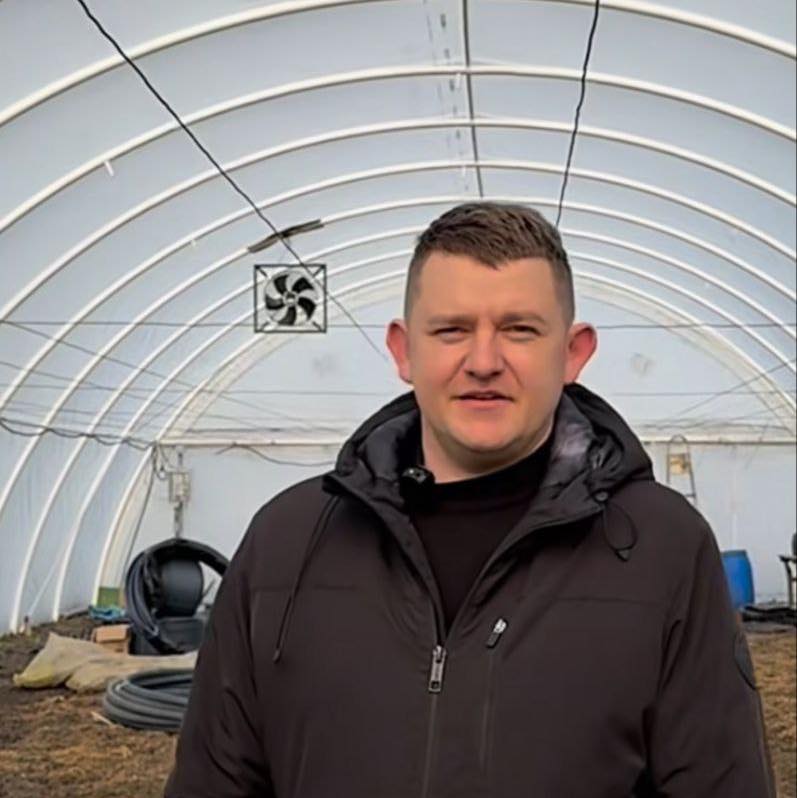
Photo: Ukrainian Association of Business Support Centers NGO
The AquaSmart system also controls:
- soil moisture,
- air temperature,
- lighting level.
All processes can be regulated via a mobile application developed by Mykolaiv IT specialists.
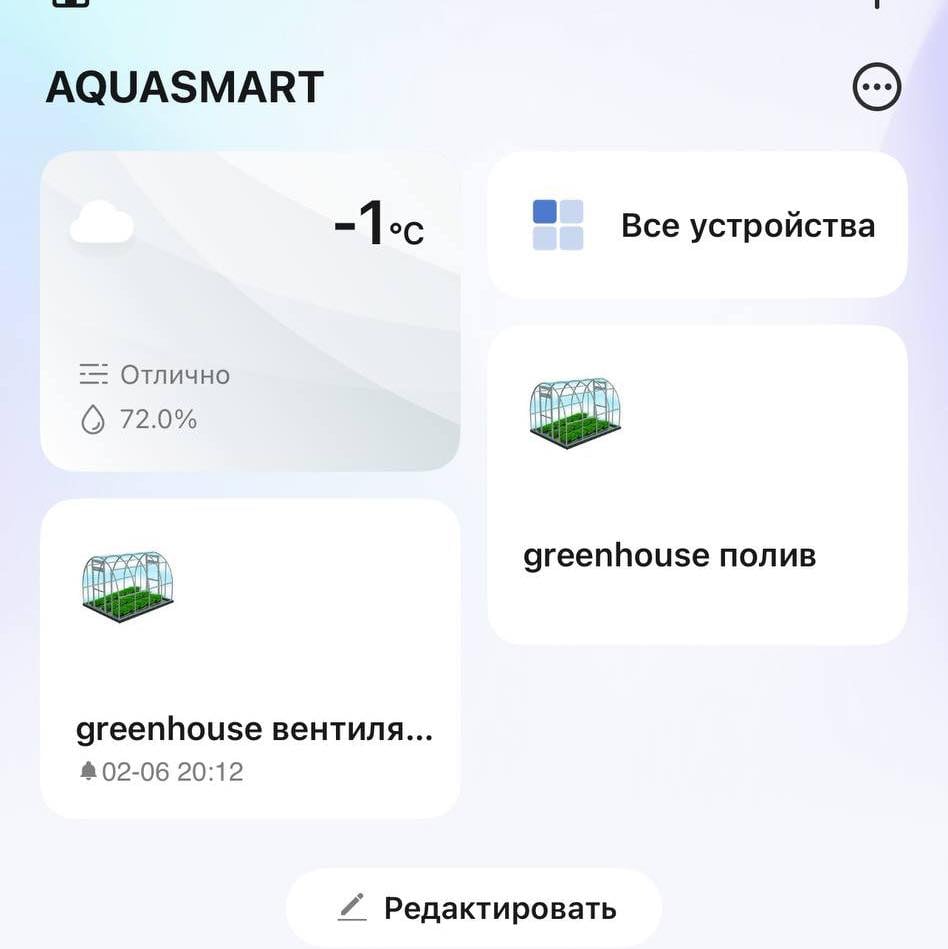
Photo: Ukrainian Association of Business Support Centers NGO
"Now I can control everything from my smartphone. Even if I'm far away, the greenhouse works flawlessly. In strong winds, it even closes itself," explains the farmer.
The first experimental radish harvest is growing in the "smart" greenhouse. The farmer grows cabbage, cucumbers, tomatoes, and eggplants in traditional greenhouses.
As for the development of innovations, Maksym Netudykhata has big plans:
- to sell the technology to large greenhouse farms,
- to rework the program for small homestead greenhouses,
- to make the system itself not only for cucumbers and tomatoes but also for other crops.
For reference:
The Odesa region is increasingly demonstrating an innovative approach to agriculture. One of the new directions has been the cultivation of sweet potatoes, which is already winning the hearts of gourmets and becoming popular on restaurant menus and home tables.
Additionally, the first cotton harvest has been gathered on test plantations in Ukraine. Plans are in place to expand sowing to 30,000 hectares by 2025.
As reported by Rubryka, it is possible to combine farming with electricity production. The article explores what Ukrainian farmers need to consider and which practices from European countries they should adopt to minimize unnecessary expenses and potentially generate additional profit. For further details, read our feature: "Agrivoltaics: How dual land use can be a game-changer for Ukrainian farmers?"













